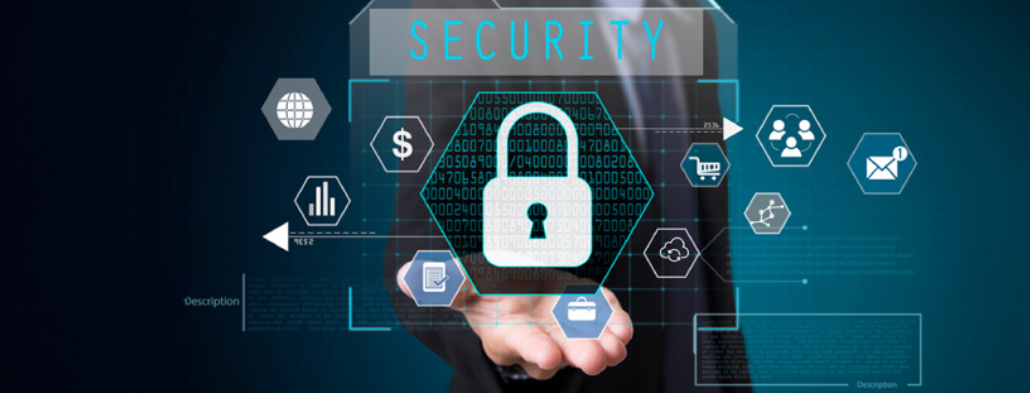No, cyber risk management is necessary for organizations of all sizes. Cyber threats can affect any entity, regardless of its scale. Small and medium-sized businesses are often the precise target because they may have weaker security measures.
Cybersecurity has become a top priority for businesses and individuals alike. With the rapid expansion of digital connectivity, the need to protect sensitive information from cyber threats has never been more critical. One of the key pillars in this battle against cyberattacks is cyber risk management.
It involves analyzing exposures, assessing threats, and taking steps to reduce risks. Organizations can minimize the impact of cyberattacks by understanding and managing the risks. They can also protect their data and systems and ensure business continuity.
The cybersecurity risk management strategy is a multi-step process.
Various standards and frameworks emphasize the importance of a proactive cyber risk management approach. These include:
No, cyber risk management is necessary for organizations of all sizes. Cyber threats can affect any entity, regardless of its scale. Small and medium-sized businesses are often the precise target because they may have weaker security measures.
Whenever an organization's digital environment changes, like new systems or regulations, it's essential to regularly adapt and adjust. This includes mergers or acquisitions.
While no strategy can guarantee absolute protection, cyber risk management significantly reduces the likelihood and impact of cyberattacks. It provides organizations with the tools and processes to identify, assess, and mitigate risks effectively.
No, it is an ongoing process. The threat landscape evolves rapidly, and new vulnerabilities emerge regularly. Regular monitoring, assessments, and updates are essential to maintain a strong posture.

Business Continuity | Email Security

What is SIEM | Email Security

Security Operations Center | Email Security